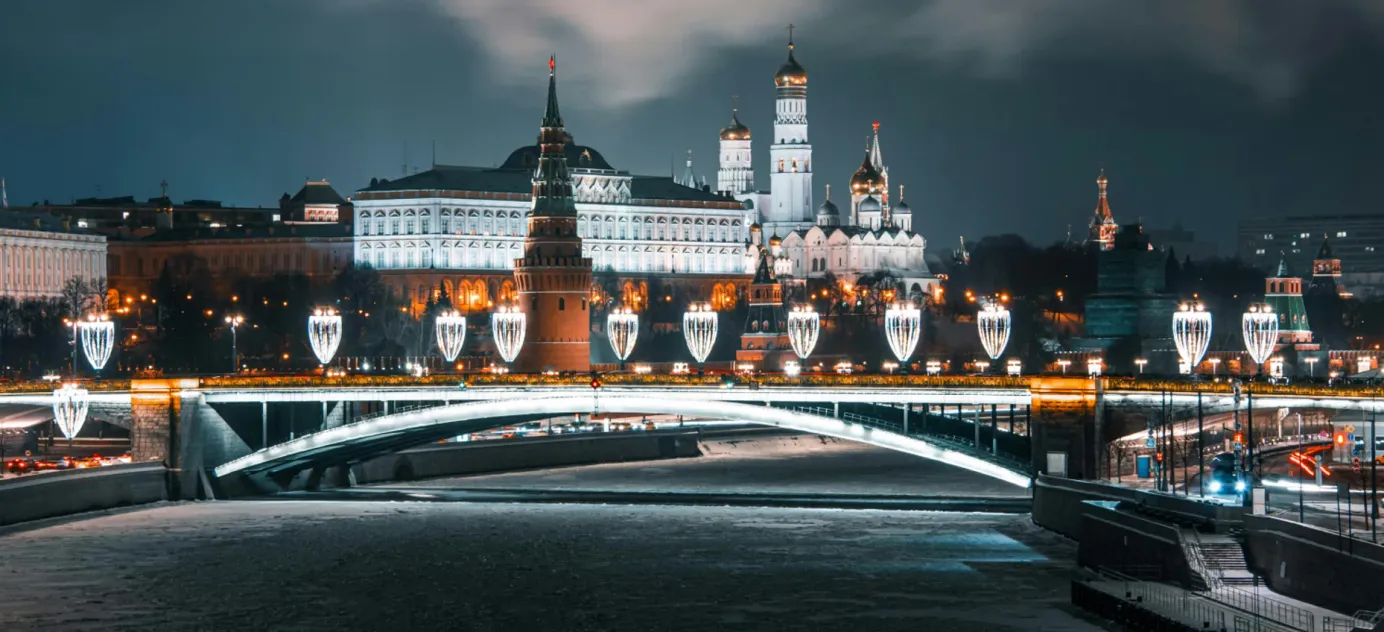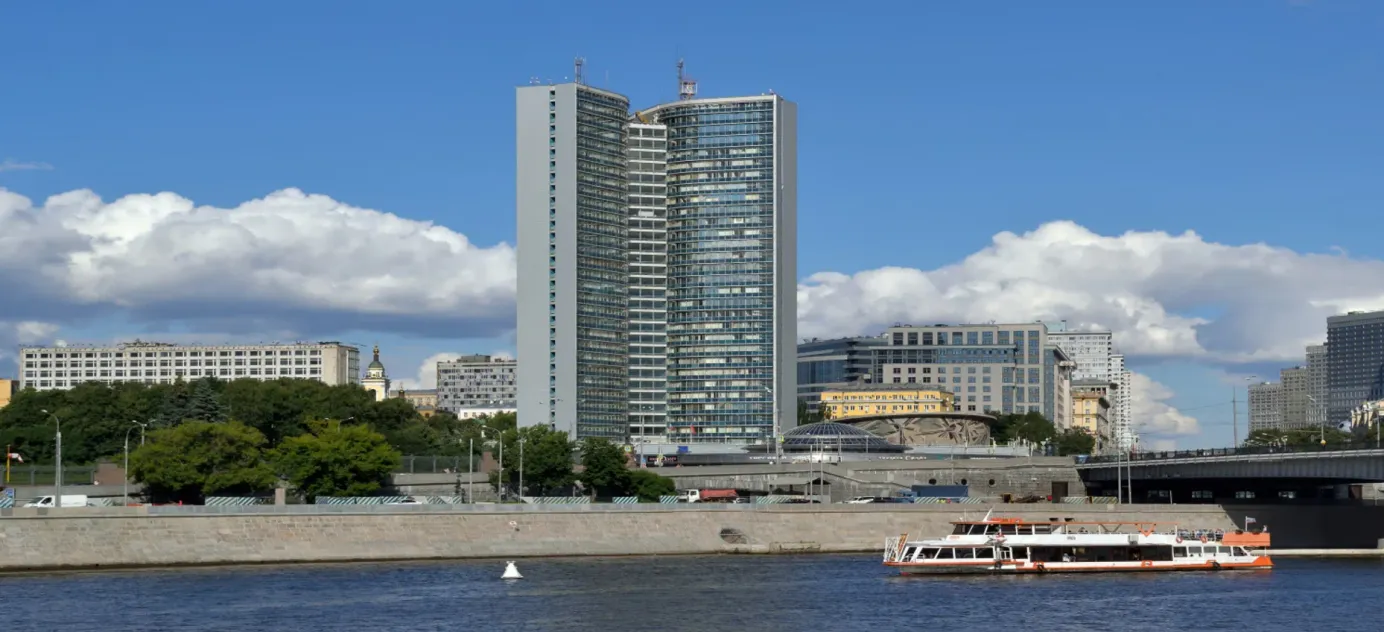
A background of shelling
This was the first major Russian election since the invasion of Ukraine, and the Ukrainian military did all it could to overshadow polling with rocket attacks and artillery bombardments of Russian territory. Pro-Kyiv sabotage groups attempted armed raids across the border, and there was also an escalation in drone attacks.
- From March 12-14, three pro-Kyiv groups — the “Free Russia Legion”, the “Russian Volunteer Corps” and the “Siberian Legion” — attempted to launch raids from Ukrainian territory into the Belgorod and Kursk regions. All three groups were established in Ukraine with the support of the local security forces. However, unlike last May’s raid, when saboteurs successfully crossed the border and spent almost a day roaming through Russian settlements, this time the Russian military managed to halt them at the border.
- Alexander Khodakovsky, an active military blogger and Russian military commander in Moscow-controlled Donetsk, claimed that Russian intelligence knew about the planned raid and had prepared border patrols and servicemen to stop it. That could explain the lack of success from the Ukrainian side despite the use of heavy armored vehicles and a helicopter landing close to the border (on Thursday, Russia’s defense ministry said it had destroyed the helicopter). At the same time, the supposed casualty figures released by Russian military sources seem unrealistic: they claim 500 dead and 1,000 wounded with the loss of 18 tanks and 23 armored vehicles. There is no independent confirmation of these figures.
- In Washington, the Institute for the Study of War noted that since last year’s cross-border raid (and the Wagner mutiny), the Kremlin has largely cleared the information space, ensuring that war correspondents and military bloggers were unable to question the competence of Russia’s military leadership this time.
- Ukrainian forces also shelled the border cities and towns of Belgorod, Grayvoron and Shebekino, damaging buildings and leaving several people dead or wounded. There was a selective evacuation of some border settlements in Belgorod, which also closed shopping centers and schools for a few days.
- The greatest damage in recent days came from drone attacks on major Russian oil refineries. A Lukoil plant in Nizhny Novgorod and Rosneft’s facility in Ryazan were hardest hit. Primary oil fractionation units were damaged at both sites, which could bring a 5-9% fall in Russia’s overall gasoline production. Wholesale prices for diesel and gasoline went up 6% after the strikes, although consumer prices are stable for now. All this is happening at the start of the agricultural sowing season and with peak summer transport use on the horizon. The full extent of the damage is not yet known. Repairs could take a couple of months, or more than half a year.
- It's hard to defend refineries against these attacks. These installations are large, stationary targets. Drones do not need external controls, just good, noise-free navigation. Reliable air defense for a plant that covers several square kilometers would require a lot of military resources, which are in short supply even on the front lines.





